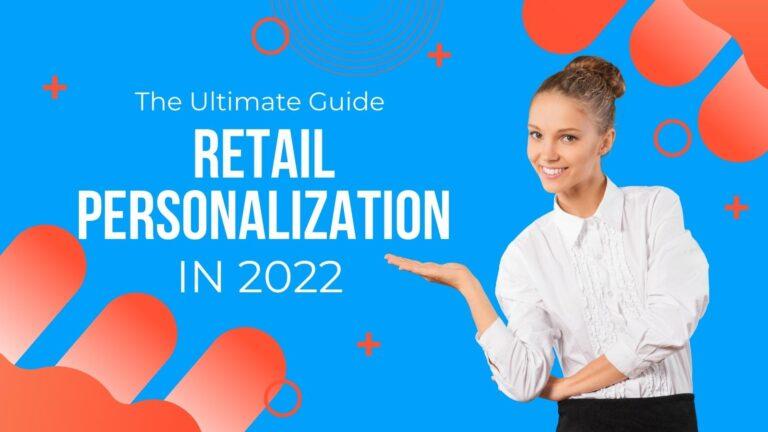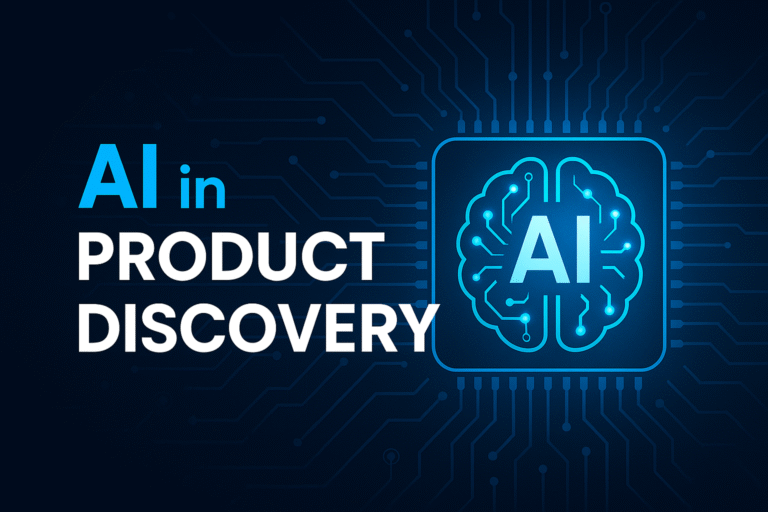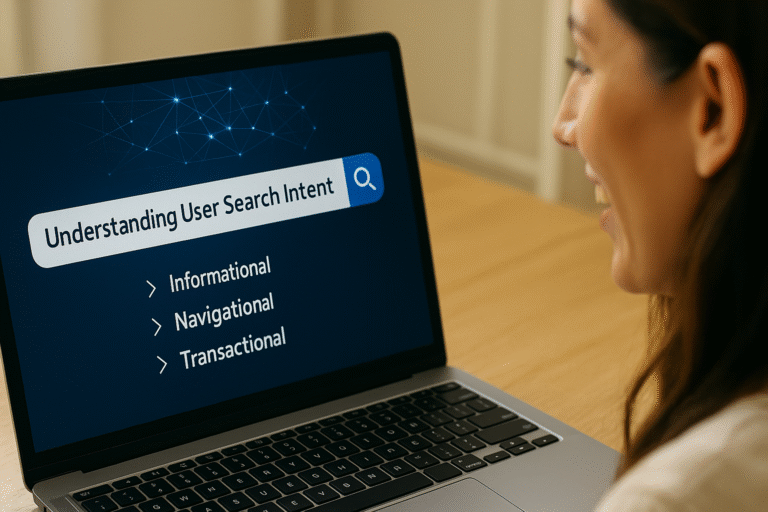Retail personalization is a term most retailers have heard by now. The strategy has been around for over a decade. Both online and offline stores are looking to offer personalized experiences to customers. However, the results can vary. Retailers reportedly lost $2.5 trillion globally in 2017 due to a lack of personalization. Using it in your retail business matters – you just got to do it right!
What is retail personalization?
Personalization in retail is about creating a unique, tailored experience for every shopper. A retailer will tailor an experience or communication based on the individual’s preferences and hopes.
Personalization is possible due to the information retailers can gather. Retailers should use historical data and real-time information. You should monitor website viewing preferences, search engine usage and time spent on particular sections of the site, for example. The data you gain can help better tailor the next, as well as the current, shopping experience.
The main goal of all the above is to make shoppers feel special and seen. You want them to emotionally connect with the service or product. At its best, retail personalization should make shopping a smoother and more pleasant experience.
Example of good retail personalization
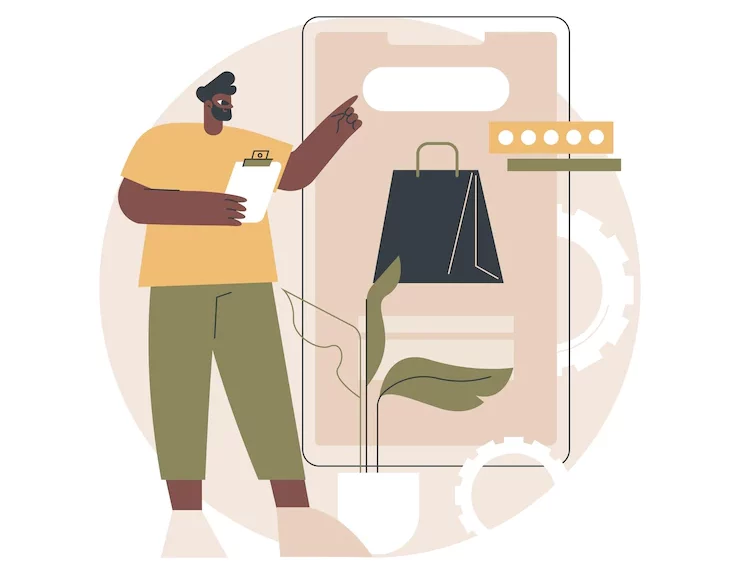
A good way to understand retail personalization is by looking at it in action. There are many good examples out there, but Amazon is among the best. Amazon creates a personalized retail experience by:
- Showcasing the shopper’s name on the site when they log in
- Allowing shoppers to tailor wishlists
- Using browsing history data to recommend products
- Curating Amazon Prime experience to reflect the songs and videos shoppers want to listen to based on preferences and user data
Your experience on the Amazon website will always be unique compared to someone else.
Example of bad retail personalization
But not all retail personalization is good or effective. Retailers have rushed to implement personalization strategies without taking note of the best way to do it. People have received emails addressed to a wrong name or been advertised a product that’s not relevant to them. Bad personalization can even be about doing too much. Customers don’t want to be bombarded with messaging – no matter how relevant it might be. Receiving the same email multiple times a day is a no-no.
Why your retail business must personalize

It’s easy to think retail personalization might be just another buzzword. Does it actually matter? Do customers and retailers benefit from it?
The short answer is ‘yes’. Retailers shouldn’t view personalization as a fad but as a strategy to yield results. A survey by Epsilon and GBH Insights found that 80% of respondents want retailers to personalize. So how does personalization pay off?
A McKinsey report in 2020 looked at the benefits of personalization. The research showed it can:
- Lift sales by 1% to 2% for grocery companies and more for other retailers
- Reduce marketing and sales costs by around 10% to 20%
- Yield a 20% higher customer-satisfaction rate
- Boost sales-conversion rates by 10% to 15%
- Increase employee engagement by 20% to 30%
Retail personalization can help your retail business to grow your sales figures and customer base. You’ll end up with a happier workforce and more engaged customers.
3 keys to great retail personalization
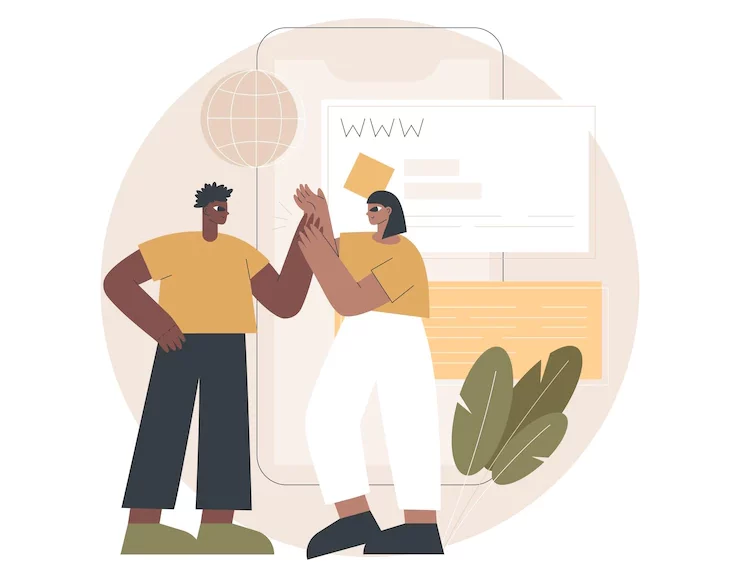
The advantages of retail personalization are tangible. But bad examples show retailers don’t always get it right. Bad personalization can do the opposite to your sales. Smart Insights research found that 63% of consumers won’t continue shopping with brands that get personalization tactics wrong.
If your retail business wants to enjoy the benefits of retail personalization, then it must implement it well. There are three keys to achieve great personalization:
1. Collect, use and analyze data
Data is the key to retail personalization. Mastering it involves collecting, using and analyzing it. You need to:
- Collect passively and actively. The latter is especially important, as you want to include your customers to provide you with more data.
- Analyze your data. Use the data and different analytics tools to create an overall idea of your customers. You need to focus on individuals, creating customer segments that help you target customers with relevant information.
- Use your findings to improve. Retailers shouldn’t just sit on the data they have. Don’t use data analytics only to focus on things you are doing right. Dig deeper into the data to ensure you discover hidden ideas.
It’s always a good idea to use data with human insight. Don’t only focus on smart solutions but have a real team dig through your data every once in a while.
2. Select the right technology
Data collection, personalization and customer engagement are all easier with the right technology. If you’re running a brick-and-mortar store, you need to digitalize your retail space. You want to ensure customers leave a digital footprint when shopping in-store.
For online stores, technology is even more crucial. Everything from having a well-running website to good online marketing can impact retail personalization. You should focus on technology that helps you collect, analyze and use data. This includes software to collect user information for online and offline purchases.
But you’ll also want technology to help with personalization. Having a search engine on the website that utilizes customer data is a powerful tool. You could also look at email software that makes personalized emails easier to send. There are lots of options out there. Your business should focus on picking technology that aligns with your needs and goals.
3. Empower employees
Finally, it’s important to understand the role of your employees in retail personalization. You don’t want technology to be the only way personalization can happen. If your employees are aware of individual customer behaviors and wants, they can better serve every customer they meet. Make sure customer data is available to each employee in your business. Help your employees understand the power of personalization and make them part of how it’s done in your business.
Using retail personalization to boost business growth
Personalization is a powerful tool in the world of retail. The benefits can help your business grow and provide customers with a better service. You need to pick the right technology and strategy to unleash its true power. Creating the right framework will lead to better results.
